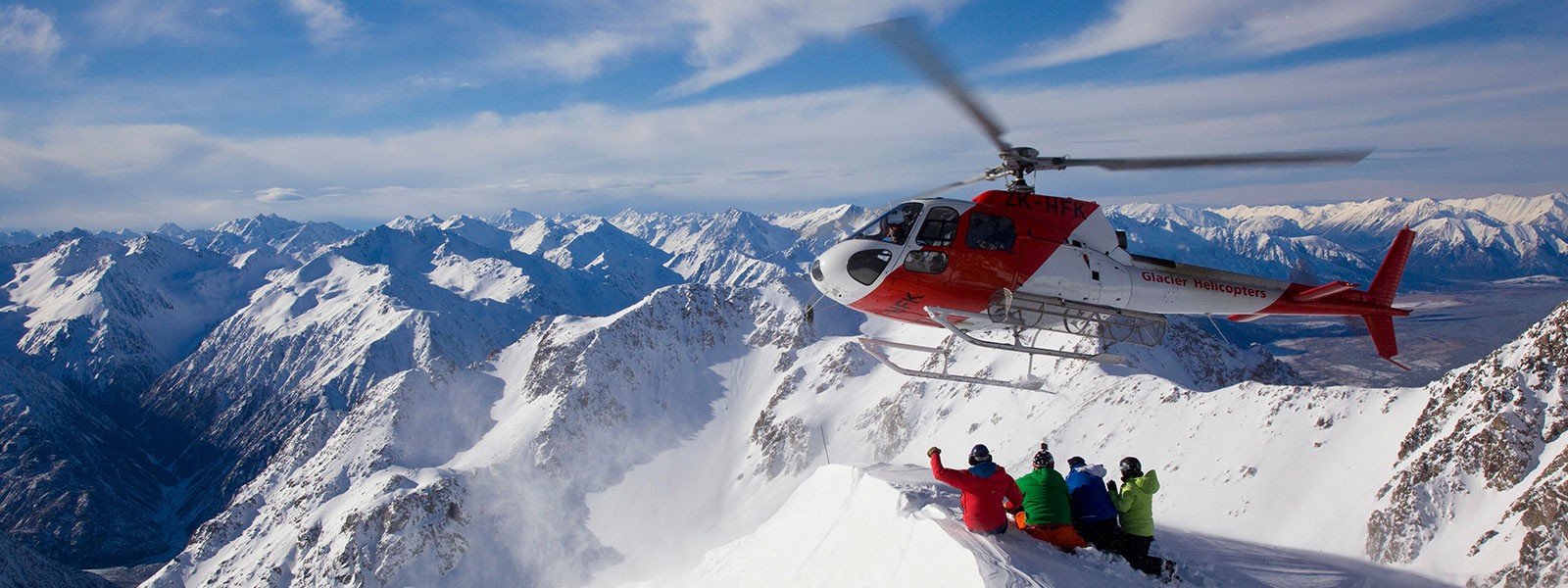Nepal, home to the majestic Himalayas, attracts thousands of trekkers, climbers, and adventure enthusiasts every year. However, the high-altitude terrains pose significant risks, including altitude sickness, injuries, and extreme weather conditions. In such emergencies, helicopter rescue services in Nepal serve as a lifeline. Understanding the rescue process, costs, and necessary permits can be crucial for ensuring a safe trekking experience.
How Helicopter Rescue Works in Nepal

Helicopter Rescue at High Altitude
Emergency Identification & Call for Help
Identifying an emergency is the first and most crucial step in initiating a helicopter rescue. Trekkers, guides, or local authorities must recognize signs of distress such as acute altitude sickness, severe injuries, or dangerous weather conditions. Symptoms of altitude sickness include dizziness, nausea, difficulty breathing, and loss of consciousness. Injuries such as fractures, sprains, and frostbite also require immediate evacuation. Once an emergency is identified, swift communication with a rescue service provider like Heli On Call is essential. This can be done via satellite phone, mobile network (if available), or through trekking agencies with established rescue contacts. Providing precise details, including the location, severity of the situation, and number of people in distress, helps expedite the process. Delays in reporting emergencies can increase the risks, making early identification and quick communication a vital aspect of rescue operations in Nepal's rugged terrain.
Verification & Coordination
Once the distress call is received, the rescue service provider verifies the authenticity of the request and determines the exact location of the individual or group in need. GPS coordinates, landmarks, or trekking route details are used to pinpoint the location. Verification is particularly crucial to avoid false alarms and ensure that resources are directed appropriately. If the stranded trekker has travel insurance, the provider coordinates directly with the insurance company to seek approval for the rescue. This step involves checking the policy details, confirming coverage, and obtaining authorization to deploy a helicopter. In cases where the trekker does not have insurance, the service provider or trekking agency notifies the family or concerned parties to arrange for direct payment. The cost of helicopter rescue in Nepal can be substantial, so having a pre-arranged rescue plan or insurance coverage can significantly reduce stress and financial burden in an emergency.
Helicopter Dispatch & Rescue
After verification and financial arrangements are completed, the nearest helicopter operator is notified for immediate deployment. The time taken for dispatch varies depending on factors such as weather conditions, availability of helicopters, and proximity to the nearest airstrip. Under optimal conditions, a rescue helicopter can be dispatched within 30 minutes to 3 hours. However, adverse weather, strong winds, and poor visibility may cause delays. Once airborne, the pilot navigates toward the given coordinates, often using landmarks and GPS navigation. Upon reaching the distressed trekker, the helicopter crew conducts a swift and secure evacuation. The patient is assisted into the aircraft, and if required, an onboard medical team provides first aid. The helicopter then transports the patient to the nearest medical facility in Kathmandu or Pokhara, where they receive further treatment. This phase of the rescue operation requires skilled coordination between the pilot, ground rescue teams, and medical personnel to ensure a smooth and efficient evacuation.
Medical Attention & Treatment
Once the helicopter lands at a designated medical facility, the patient is transferred to an emergency care unit for immediate assessment. In cases of high-altitude sickness, oxygen therapy is administered, along with medications to stabilize the patient. Some patients may require extended hospitalization for observation and recovery. Severe injuries, such as fractures, internal bleeding, or frostbite, demand specialized medical intervention. If the patient does not have travel insurance, they must cover all medical expenses out of pocket, which can be expensive. This highlights the importance of rescue insurance for trekkers planning high-altitude expeditions. Many trekking agencies advise trekkers to carry a comprehensive insurance policy that covers helicopter evacuation and medical treatment. Having a well-coordinated rescue operation and timely medical care can mean the difference between life and death in remote, high-altitude regions of Nepal.
Why a Rescue Plan Is Essential for Trekkers
Pic Credit: Pexel
High-Altitude Risks & Unpredictable Weather
The Himalayan region is known for its unpredictable and often extreme weather conditions, which can pose serious threats to trekkers. Acute Mountain Sickness (AMS), High Altitude Pulmonary Edema (HAPE), and High Altitude Cerebral Edema (HACE) are some of the most dangerous conditions that trekkers face. If left untreated, they can lead to life-threatening complications. Symptoms such as dizziness, nausea, difficulty breathing, and confusion require immediate descent and medical attention. Moreover, the mountainous terrain increases the risk of avalanches, landslides, and unexpected storms, which can leave trekkers stranded in remote locations. Many trails have limited medical facilities, making a quick helicopter rescue the best solution in emergencies. This is why proper acclimatization, awareness of symptoms, and having a well-planned emergency response are crucial when trekking in Nepal.
Cost of Helicopter Rescue in Nepal
Helicopter rescues in Nepal are expensive due to the challenging terrain and the need for specialized pilots and equipment. The cost of helicopter evacuation varies depending on the region, distance, and urgency of the rescue mission. On average, a helicopter evacuation in Nepal costs between $2,500 and $6,500. The cost is influenced by several factors, including weather conditions, altitude, and the availability of helicopters. Some of the most frequently requested helicopter rescues occur at the following locations:
- Everest Base Camp: $4,000 - $6,500 (longest distance and high altitude)
- Annapurna Base Camp: $2,500 - $3,500 (shorter distance but still challenging terrain)
- Langtang Valley: $2,500 - $3,000 (moderate altitude and distance)
- Manaslu Circuit: $3,500 - $4,500 (remote location and high altitude)
The high costs make travel insurance that covers helicopter evacuation essential for trekkers. Many travelers underestimate the risks and end up facing them hefty bills for emergency evacuation. Having rescue insurance ensures that trekkers receive the necessary medical assistance without financial distress.
Rescue Insurance & The Heli On Call Rescue Card
Given the high costs associated with helicopter rescues, it is strongly recommended that trekkers obtain comprehensive travel insurance that covers medical evacuation. Not all travel insurance policies include helicopter evacuation, so trekkers must ensure their policy explicitly mentions emergency rescue services in Nepal. Many reputable insurance companies offer high-altitude trekking coverage, but trekkers must check for exclusions and maximum coverage limits.
To make helicopter rescue more accessible, Heli On Call is introducing the Heli On Call Rescue Card. This card will provide affordable helicopter rescue coverage for trekkers in Nepal. Unlike traditional insurance, the rescue card will function as a prepaid service, ensuring quick and hassle-free rescue operations without waiting for insurance approvals. The introduction of this rescue card is expected to revolutionize trekking safety in Nepal, providing trekkers with a reliable safety net during their adventures.
Special Permits Required for Helicopter Rescue
-0.png)
Everest & Manaslu Regions
- Since January 1, 2025, special permits are mandatory for helicopter rescues in the Everest region.
- The Manaslu region has required special permits for rescues for years.
- No permits are required in Annapurna, Langtang, or other regions.
How to Obtain Permits?
- Trekking agencies arrange permits for clients in advance.
- In case of emergencies, we helicopter operators facilitate permit processing before dispatching the flight.
How to Book a Helicopter Rescue in Nepal
For emergency helicopter rescue, contact Heli On Call:
Heli On Call Contact Information:
- Mobile, WhatsApp, Viber: +977 9851017030
- Phone: +977 1-4547103
- Email: [email protected]
Conclusion
-1.png)
Helicopter rescue in Nepal is a life-saving service for trekkers and climbers facing medical emergencies or dangerous situations. Knowing the process, costs, and necessary permits can make all the difference in an emergency. Whether you're planning a trek to Everest Base Camp, Annapurna, Langtang, or Manaslu, always ensure you have rescue insurance or a rescue card. Stay safe and trek responsibly!
For the best helicopter rescue services in Nepal, contact Heli On Call anytime!








-0.png)